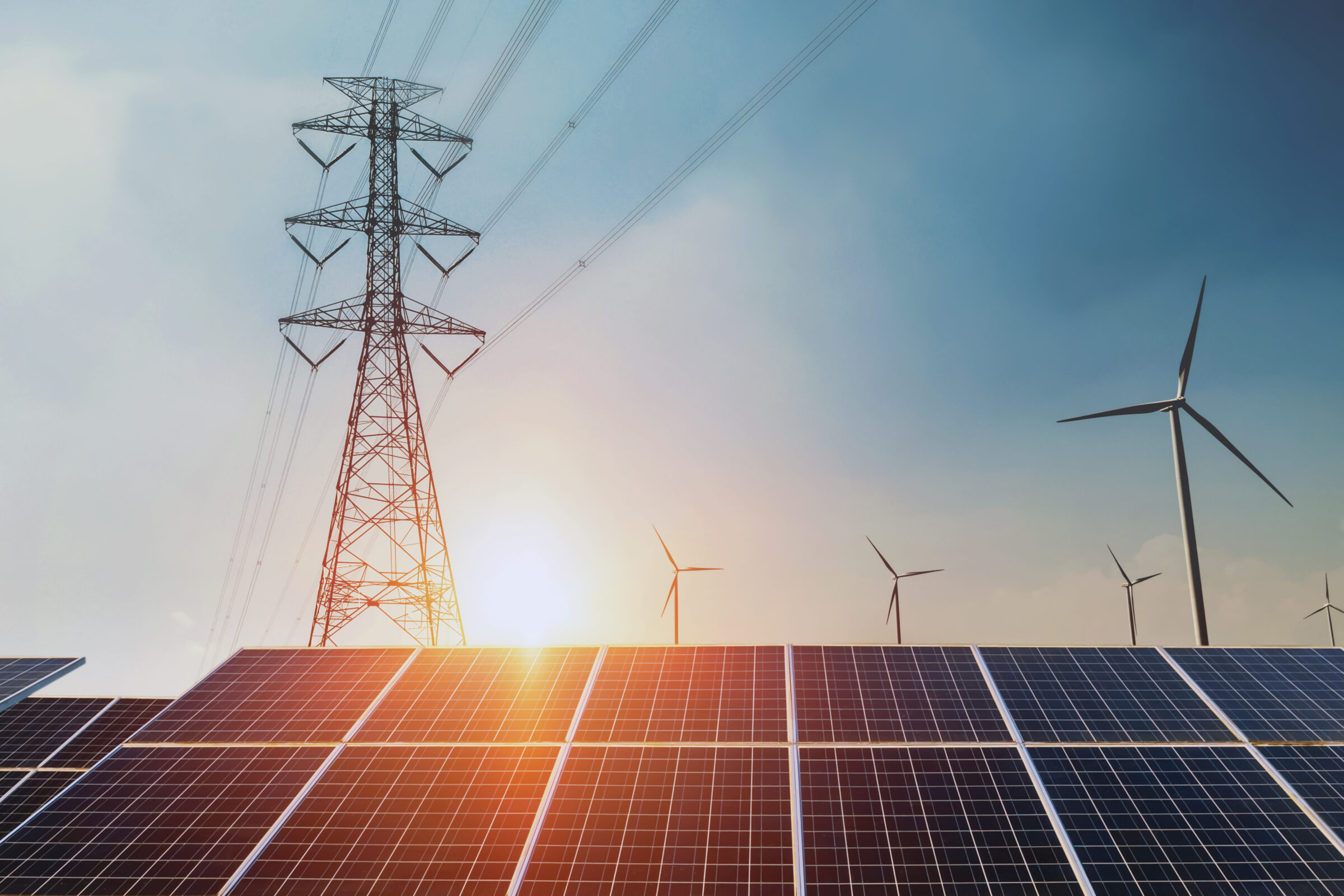- Renewable Energy Innovation
- Siting & Permitting Reform
- Comments & Testimony
ACORE Comments to DOE on Artificial Intelligence
Notice of Request for Information (RFI) Related to DOE’s Responsibilities on Safe, Secure, and Trustworthy Development and Use of Artificial Intelligence
DOE–HQ–2024–0007
Comments of the American Council on Renewable Energy (ACORE)
April 3, 2024
The American Council on Renewable Energy (ACORE) is a national nonprofit organization that unites finance, policy and technology to accelerate the transition to a renewable energy economy. ACORE’s members include developers, manufacturers, top financial institutions, major corporate renewable energy buyers, grid technology providers, utilities, professional service firms, academic institutions and allied nonprofit groups. We greatly appreciate the opportunity to submit comments on this important topic.
I. Potential Opportunities for Use of Artificial Intelligence
As described by the Department of Energy (DOE) in this RFI, there are many potential use cases for artificial intelligence (AI) to accelerate the transition to a cleaner, reliable and affordable electricity grid, including but not limited to:
- Automating appropriate components of generator interconnection studies, which will in turn free up staff time at Regional Transmission Operators and Independent System Operators (RTOs/ISOs) to focus on more complex interconnection and transmission planning tasks that are less amenable to automation.1
- Accelerating the completion of certain analyses required for infrastructure permitting.
- Improving renewable and demand response participation in energy and ancillary services markets, such as through:
- Greater precision in predictions of solar and wind output using weather data, historical production, and other factors.
- Improved forecasts of energy demand and facilitation of expanded demand response capabilities through automatic adjustments of energy usage.
- Improving the accuracy of carbon emissions measurements.
II. Considerations for the Use of AI
While the use of AI should be explored and implemented where beneficial in the above areas, ACORE notes the following considerations alongside greater use of this technology:
Electricity demand growth for AI further necessitates accelerating the clean energy transition. As shown by recent analyses,2 a projected increase in the use of AI is a key factor driving the accelerating demand for energy. For example, Boston Consulting Group found the “growth in demand for data center services, particularly for GenAI, is driving up power usage and density. Data center electricity consumption was 2.5% of the U.S. total (~130 TWh) in 2022 and is expected to triple to 7.5% (~390 TWh) by 2030. That’s the equivalent of the electricity used by about 40 million U.S. houses – almost a third of the total homes in the U.S.”3
This demand growth adds to the necessity for policies to remove barriers to an expansion of both clean energy and the necessary transmission to deliver that energy.
Such essential policies include but are not limited to improved long-term scenario-based transmission planning (incorporating increased AI-driven energy demand), an expansion of interregional transmission through a minimum transfer capability and long-term comprehensive planning, further improvements in interconnection processes, a greater deployment of grid enhancing technologies and high-performance conductors, and more efficient siting and permitting.
The use of AI should complement best practices in transition planning and permitting. While AI use can improve the efficiency of the siting and permitting process, these advances should be accompanied by upfront and frequent community engagement and outreach, and the establishment of community benefits funds.4 Moreover, even with the potential efficiencies from the use of AI, adequate staffing levels at federal and state agencies, and Regional Transmission Organizations and Independent System Operators will be necessary to ensure a smooth transition to a cleaner grid.
The grid must be safeguarded. The DOE identifies 141 categories of risk in the AI Risk Management Playbook (AIRMP),5 including among others, a lack of recognition of the limitations of AI; missing data verification and data pipeline replication; insufficient data sets; incorrect model assumptions; and biased outcomes and ethical concerns. These issues must be addressed as part of any AI-powered strategy.
Errors impacting the electric grid can yield severe adverse effects and as a result, guidelines and limitations must be put in place to ensure that errors do not have significant implications for the grid. As recommended by Dr. Priya Donti of MIT; “you need to bake in harder physical constraints to make sure that you’re not crossing those boundaries by accident with a model that is optimized for average goodness.”6
III. Conclusion
The use of AI has promise in contributing to the transition to a cleaner, more reliable and affordable electricity grid. To reap the benefits, ACORE recommends that such an expansion of AI should not override other beneficial practices and must be accompanied by policies that accelerate the development of clean energy and transmission infrastructure.
Author
ACORE Team Member
1 See e.g., Southwest Power Pool, Amazon Web Services and NextEra effort in this area, as described in Artificial intelligence could speed interconnection, says Amazon executive, PV Magazine(Oct. 2022), https://pv-magazine-usa.com/2022/10/17/artificial-intelligence-could-speed-interconnection-says-amazon-executive/.
2 John Wilson and Zach Zimmerman, The Era of Flat Power Demand is Over, Grid Strategies LLC (Dec. 2023) at 10, https://gridstrategiesllc.com/wp-content/uploads/2023/12/National-Load-Growth-Report-2023.pdf; Vivian Lee, Ross LaFleur, Khushboo Goel, and Bassem Khoury, The Impact of GenAI on Electricity: How GenAI is Fueling the Data Center Boom in the U.S., Boston Consulting Group (September 2023), https://lnkd.in/dwBiNqPE.
3 Id., Boston Consulting Group.
4 Americans for a Clean Energy Grid, Recommended Siting Practices for Electric Transmission Developers (Feb. 2023) at 10, https://cleanenergygrid.org/wp-content/uploads/2023/02/Recommended-Siting-Practices-for-Electric-Transmission-Developers-ACEG-February-2023.pdf; Matthew Eisenson and Romany M. Webb, Expert Insights on Best Practices for Community Benefits Agreements, Columbia Law School, Sabine Center for Climate Change Law (Sep. 2023), https://scholarship.law.columbia.edu/sabin_climate_change/206/.
5 See https://www.energy.gov/ai/doe-ai-risk-management-playbook-airmp.
6 Walsh, Dylan, Tackling climate change with machine learning, MIT Sloan School of Management (Oct. 2023), https://mitsloan.mit.edu/ideas-made-to-matter/tackling-climate-change-machine-learning.
Join leaders from across the clean energy sector.

What will our next 20 years look like? Here’s the truth: they’ll be better with ACORE at the forefront of energy policy.
Shannon Kellogg
Amazon Web Services (AWS)
